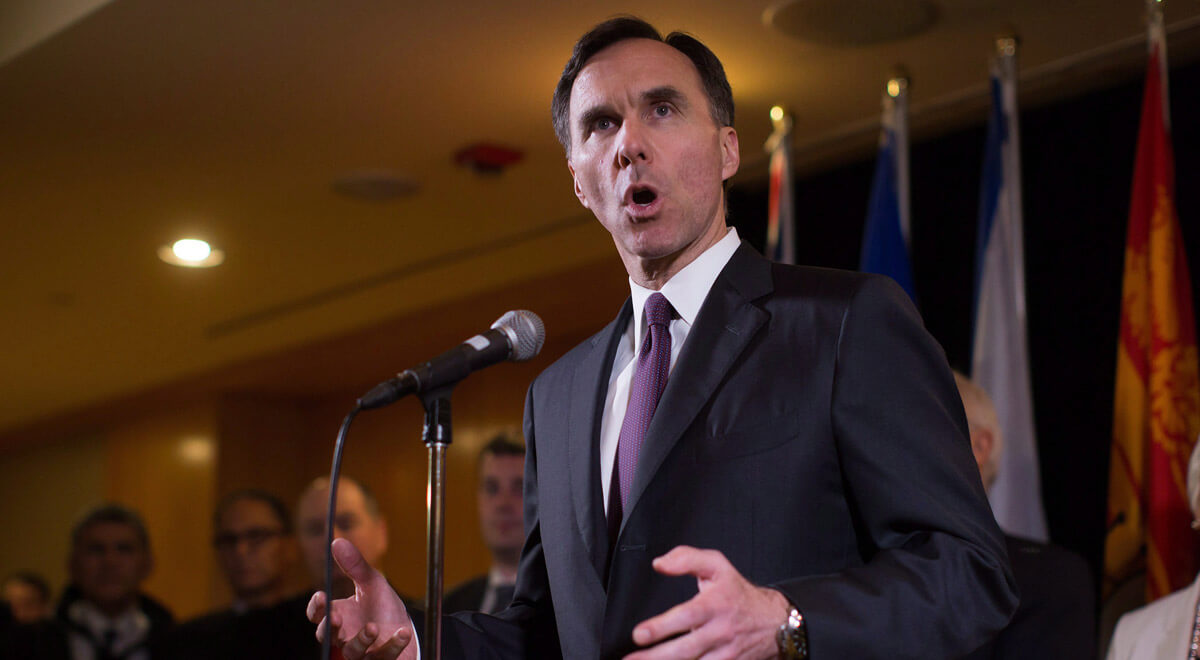New CPP, same concerns it will run out of money
Report says expanded CPP based on unrealistic return assumptions
Advertisement
Report says expanded CPP based on unrealistic return assumptions

Share this article Share on Facebook Share on Twitter Share on Linkedin Share on Reddit Share on Email
Remember that the contributions made by Individual Contributor/Taxpayers (I/CP) and I/CP employers is the property of the I/CP. This argument falls under property law and the charter of rights. It is not Government property. CPP payments should be based on both the I/CP contributions and contributions made on behalf of them by their employer (double payments by the self-employed). Short of this implies that the Government has committed disguised appropriation of people’s property. As being I/CPs property the shortfalls and/or gains is a function of their returns and annual payments. Government and their corporation are the administrators. ESDC’s view that CPP is a government benefit and insurance is incorrect. It is a pension and such should be treated as a pension. Disability payments should be under WCB and EI. ESDC needs to start implementing the changes to fulfill the shortfalls their paying our to I/CPs and upon their death.